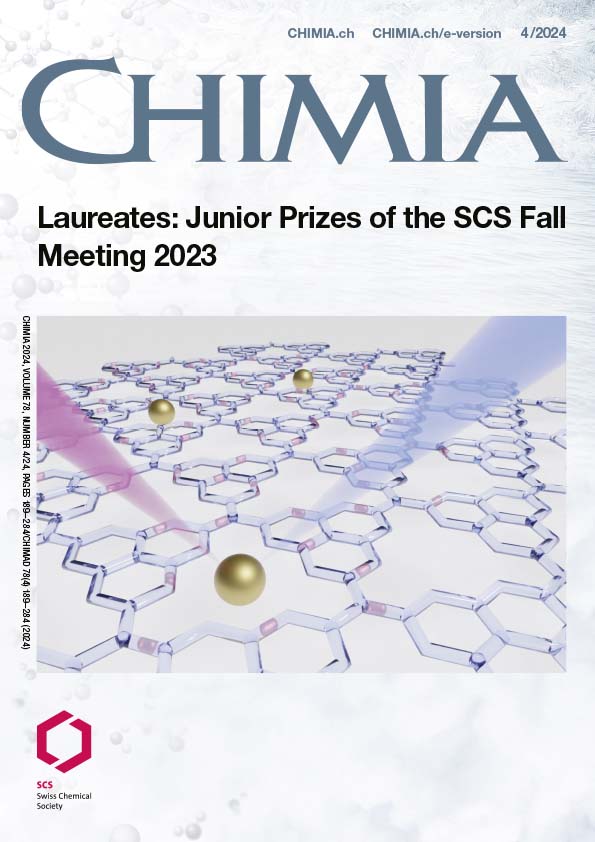Using Instanton Theory to Study Quantum Effects in Photosensitization
DOI:
https://doi.org/10.2533/chimia.2024.231PMID:
38676615Keywords:
Instanton theory, Nuclear quantum effects, Photosensitization, Singlet oxygenAbstract
Electronic excitation is usually accomplished using light (photoexcitation) and is a key step in a vast number of important physical and biological processes. However, in instances where photoexcitation is not possible, a photosensitizer can excite the target molecule in a process called photosensitization. Unfortunately, full details of its mechanism are still unknown. This perspective gives an overview of the current understanding of photosensitization and describes how instanton theory can be used to fill the gaps, especially with regard tothe importance of quantum tunnelling effects.
Funding data
-
Schweizerischer Nationalfonds zur Förderung der Wissenschaftlichen Forschung
Grant numbers 207772
Downloads
Published
2024-04-24
Issue
Section
Scientific Articles
License
Copyright (c) 2024 Meghna A. Manae, Jeremy O. Richardson

This work is licensed under a Creative Commons Attribution 4.0 International License.
How to Cite
[1]
M. A. Manae, J. O. Richardson, Chimia 2024, 78, 231, DOI: 10.2533/chimia.2024.231.







